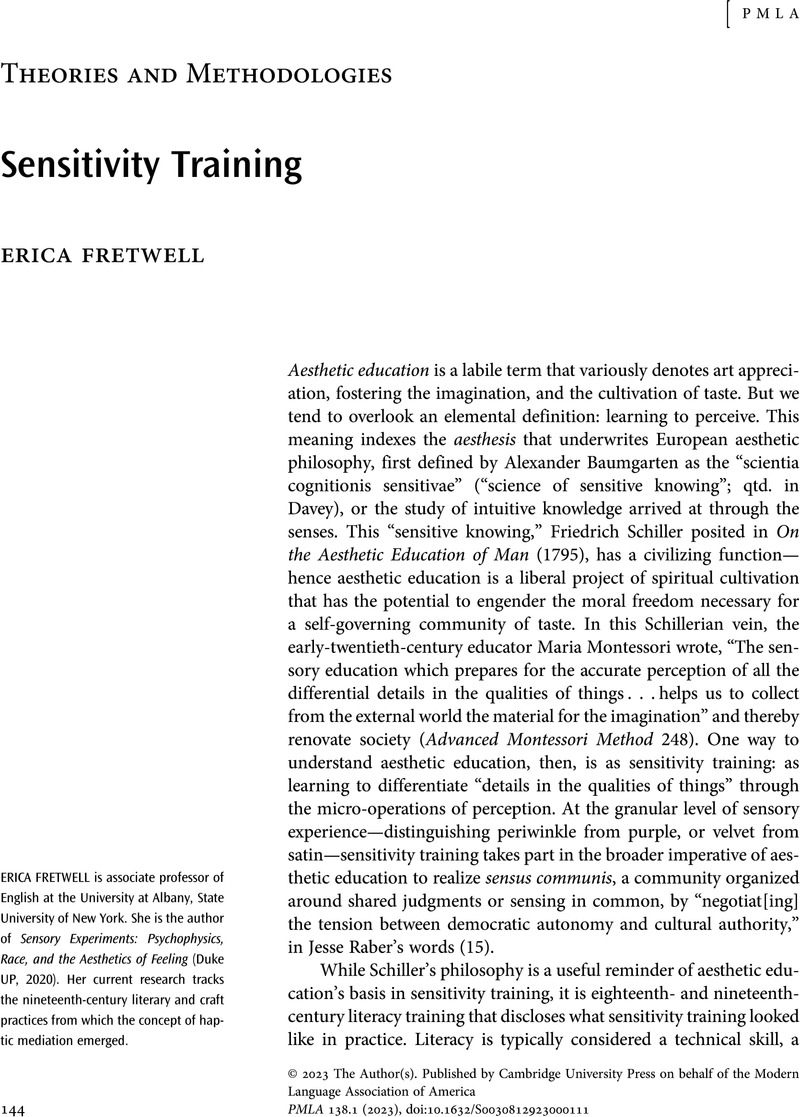Crossref Citations
This article has been cited by the following publications. This list is generated based on data provided by Crossref.
Constantinesco, Thomas
and
Lurie, Peter
2023.
Introduction: What Does American Literature Feel Like?.
Transatlantica,
Constantinesco, Thomas
Lurie, Peter
and
Fretwell, Erica
2023.
“Feeling and Knowing”: An Interview with Erica Fretwell.
Transatlantica,





